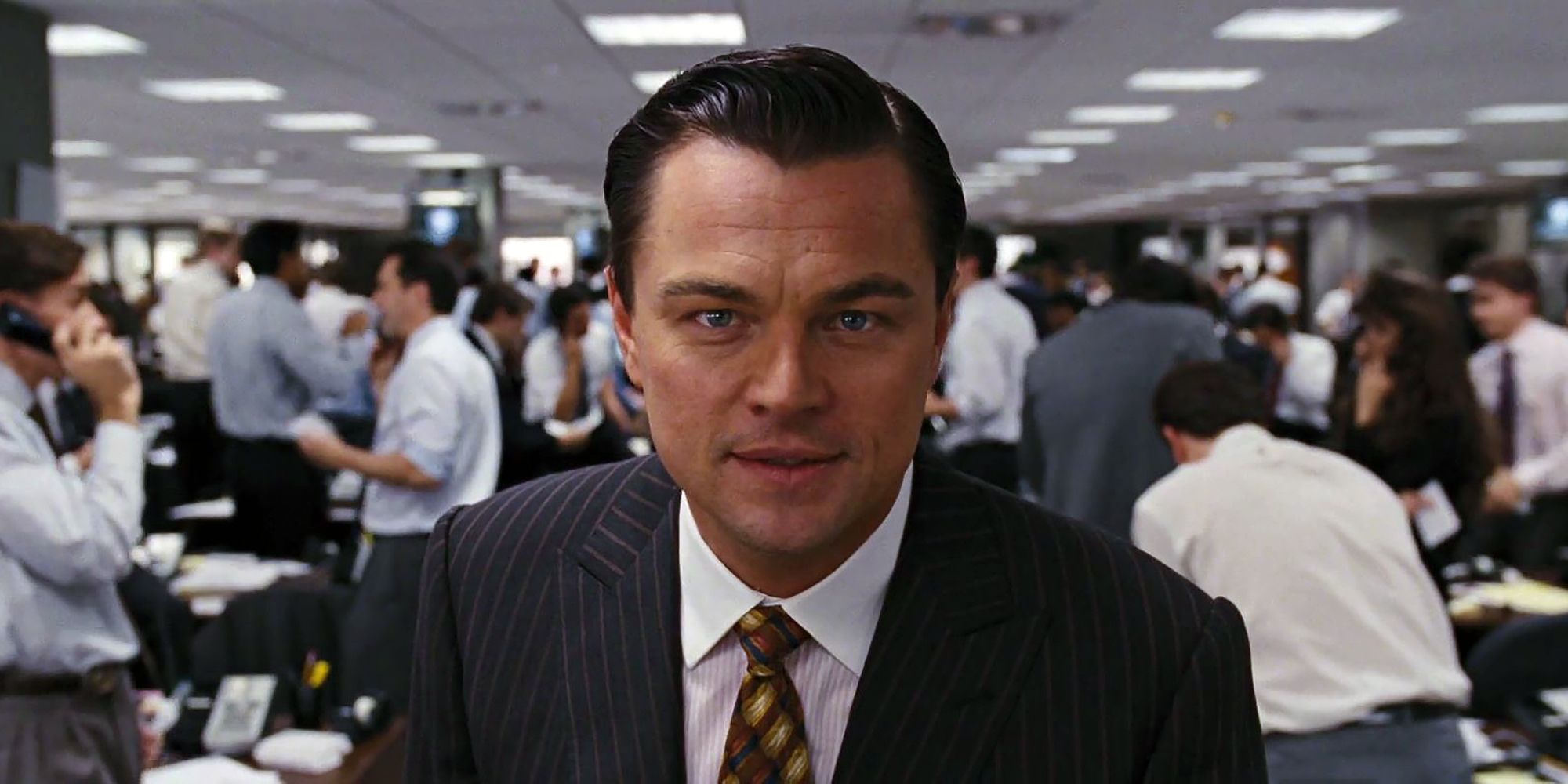The glitzy world of films often portrays the stock market as a high-stakes casino, where fortunes can flip in the blink of an eye, and heroes emerge from the chaos of graphs and tickers. Directors wield dramatic license, crafting narratives filled with adrenaline-fueled trades, relentless brokers, and life-altering decisions made mid-scream.
But how much of this is rooted in reality? In the shadows of Tinseltown’s stock market thrillers lie countless misconceptions that distort the true nature of trading. For every slick dialogue about stock options and insider trading, there lies a realm governed by complex algorithms, meticulous research, and unpredictable economic ebbs and flows.
Let’s dive deep into the cinematic quicksand of trading in movies, peeling back the layers to uncover what films often get wrong about the labyrinthine world of the stock market.
Hollywoods Glamorization of Stock Trading

Misconceptions About Market Mechanics

Misconceptions about market mechanics are as wide-ranging as they are persistent, often stemming from a blend of dramatization and oversimplification in film portrayals of trading. Many movies depict the stock market as a high-stakes casino where fortunes can be made or lost in the blink of an eye, leaving viewers with the impression that success hinges solely on gut instincts or insider tips.
In reality, the stock market operates on a complex interplay of economic indicators, market sentiment, and detailed analysis that can seldom be summarized in a quick montage of frenetic trading floors or flashy stock tickers. Furthermore, the notion that a lone trader can single-handedly move the market is more fantasy than fact; the global marketplace is influenced by countless factors, including political events and economic shifts, and is characterized by the actions of massive institutional players rather than solitary figures.
This skewed perception not only misrepresents the true nature of investing but also perpetuates risky behaviors among novice traders who may underestimate the knowledge and strategy required for successful trading.
The Simplification of Trading Strategies

In the cinematic realm, trading often unfolds as a high-stakes gamble, laced with dramatic twists and turns, which considerably simplifies the true essence of the stock market. Films portray traders as brash, adrenaline-fueled risk-takers, underestimating the deep analytical thinking and strategic planning that underpin successful trading strategies. The picture painted is one of instant gratification—wealth gathered overnight through gut feelings and bold moves—while the reality is, more often than not, a meticulous process rooted in data analysis and market trends.
Characters in these movies frequently rely on gut instincts or emotional trading, overlooking the rigorous research and disciplined approaches that seasoned investors employ. This oversimplification not only distorts public perception but also diminishes the complexity and sophistication that professional trading demands, leaving audiences with an exhilarating illusion rather than an accurate depiction of financial acumen.
Conclusion
In conclusion, while movies often captivate audiences with their dramatic portrayals of the stock market, they frequently misrepresent the complexities and nuances of trading. The thrill of high-stakes decision-making, full of twists and turns, often overshadows the reality that successful trading requires meticulous analysis, disciplined strategies, and a deep understanding of market dynamics.
By contrasting cinematic storytelling with real-life practices, viewers can gain a more informed perspective on investing. Embracing tools like chart replay free can further equip aspiring traders with the necessary skills to navigate the market effectively, turning fictional dramatization into practical knowledge. Ultimately, while films can entertain, they should be approached with a discerning eye, encouraging audiences to seek out accurate resources for their financial education.
 Howl Movie
Howl Movie




